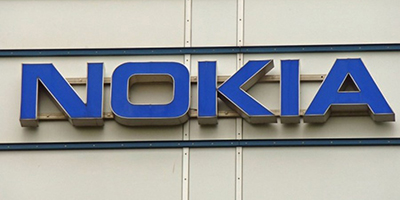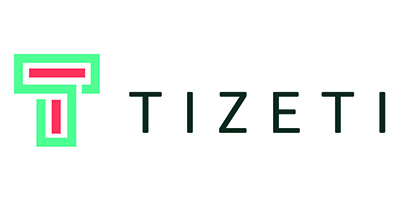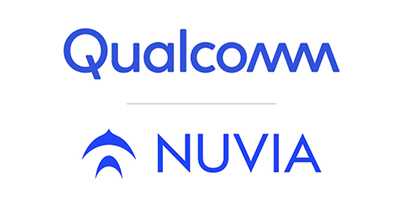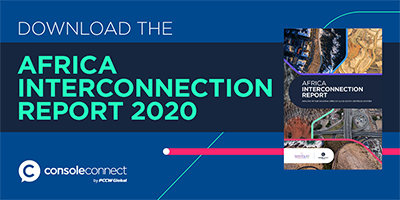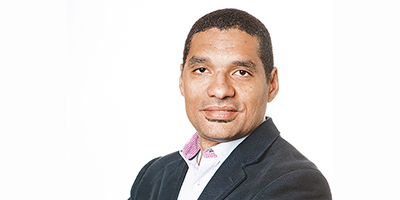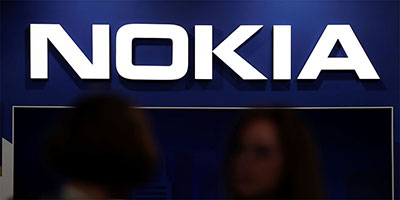Nokia announced that it has successfully piloted 4G and 5G fixed wireless access (FWA) network slicing with Saudi Arabian telecommunications services provider, Mobily on their live commercial network – the first sliced FWA deployment in the world. The ongoing pilot, which took place in the capital city of Riyadh, occurred in a multi-vendor environment and included sliced access, transport and core networks with management and assurance capabilities. The solution will allow Mobily to offer new FWA services to priority consumer and enterprise customers. It also enables slicing per application including voice, data, online gaming or home office applications.
Telecom Vendors
Research by Nokia confirms 5G networks up to 90 percent more energy efficient
A new study by Nokia and Telefónica has found that 5G networks are up to 90 percent more energy efficient per traffic unit than legacy 4G networks. The research, which was conducted over a three-month period, focused on the power consumption of the Radio Access Network (RAN) in Telefónica’s network. The rollout of 5G networks is set to increase traffic dramatically making it critical that the energy consumed does not rise at the same rate. The findings highlight both companies’ commitment to climate change.
Tizeti to roll out high-speed 4G LTE in Edo State
As part of its commitment to ensuring access to affordable broadband connectivity in Africa’s underserved populations, Tizeti, West Africa’s pioneer solar-based internet service provider is rolling out its 4G LTE network in Edo State, with monthly fixed broadband costs pegged at four thousand Naira ($8). With this move, millions of people in Edo State previously outside the broadband envelope can now take advantage of high-speed broadband internet from Tizeti.
Nokia and Airtel Kenya lay 5G foundations in Nairobi
Nokia announced that it has been selected by African mobile operator, Airtel Kenya in a three-year deal to modernize Nairobi with high speed 4G and 5G-ready hardware from its comprehensive AirScale portfolio.
Qualcomm acquires chip design firm for $1.4 bn
Qualcomm announced that it is acquiring server chip designer Nuvia for approximately $1.4 billion. Qualcomm said the acquisition of Nuvia's CPU and technology design team will help the company "meet the demands of next-generation 5G computing", as it is a new step in Qualcomm's efforts to expand beyond the mobile phone market and challenge Intel's lead in the semiconductor market.
Bringing together Africa’s cloud and data centre ecosystem
2020 has been a significant year for Africa’s cloud and data centre ecosystem. Considerable new investment is going into carrier-neutral data centres across Sub-Saharan Africa and slowly but surely the adoption of cloud services is gathering pace.
Mavenir to provide end-to-end solutions for multi-generation mobile networks for Africa
Mavenir, the industry’s only end-to-end cloud-native Network Software Provider for Communications Service Providers (CSPs) is geared up to provide end-to-end solutions for mobile networks in the African Continent. Mavenir’s multigeneration solutions (2G through 5G) deliver a cost effective and technology advanced supplier alternative to transform the mobile infrastructure in the region and to expand coverage even in the most remote rural areas.
PaaS: an evolution critical to where software needs to go within the next five years
As the users of software continue to dominate development, technology is taking more of a back seat. If we have learnt anything this year, Andrew Cruise, MD of Routed, a cloud infrastructure operator, says that usability and experience is what matters the most, especially within enterprise software. As clients flocked online during lockdown, this journey became the reality for the design and architect of tomorrow’s modern applications.
2021: What’s next for outdoor wireless networks?
By Femi Oshiga, vice president of service providers for the Middle East and Africa, CommScope
As an eventful 2020 draws to a close, the telecommunications industry is looking forward to building a future in which connectivity is truly ubiquitous and accessible for all. To help achieve this goal, operators will continue to accelerate their rollouts of 5G networks across the globe in 2021, while governments clear additional spectrum to accommodate more users and data. Concurrently, disaggregation of the RAN will continue as Open RAN deployments gain serious traction and usher in a new generation of products and innovative technology. Let’s take a closer look at these three trends below.
Nokia demonstrates progress in Q3 financial report
On his first results day since taking the reins of the Finnish networks giant in August, Pekka Lundmark, CEO and president of Nokia promised to do “whatever it takes” to become the 5G market leader and announced a move to a more focused approach as the company vies for 5G market share against competitors Ericsson and Huawei.




